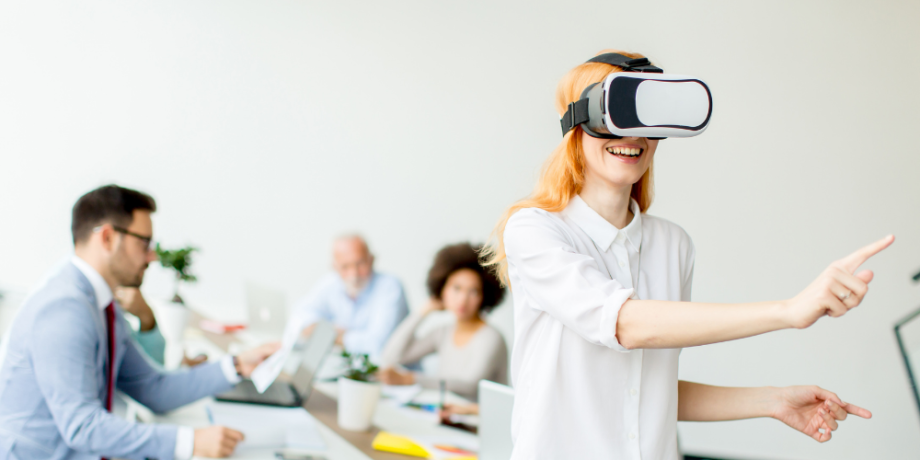Rather than relying on keyboard strokes or voice commands to access massive amounts of data, Virtual Reality -VR- can help us understand information in new ways.
In fact, data visualisation, language learning, and the creation of common spaces powered by immersive technologies can improve and help communication and collaboration.
It’s no surprise that data scientists spend 21% of their time creating data visualisations, given that visual learners account for 65% of the world’s population.
For this reason, every day more than 2.5 quintillion bytes of data are produced and then used by businesses and brands to personalise their marketing campaigns and increase customer lifetime value.
Is in this regard that comes into play the VR, helping users to understand and appreciate in different ways the information displayed. VR eliminates the constraints of information presentation: instead of 2D Excel sheets, pie charts, and bar graphs, people can present data as a multi-dimensional model on a 3D canvas with VR. Furthermore, with the help of a VR headset and controllers, users can interact with this chart and explore the company’s networks organisation such as the supply chain network, to have a deeper understanding of how the business is composed and works, evaluating thus its effectiveness.
Given the opportunities that VR brings to the analysis of information, there are also opportunities to customise the latest. In fact, thanks to the visualization of more dimensions than 2D graphics is possible to identify similar clusters and compare them more effectively by customising the look of each data set based on colour, size, and shape.
Secondly, applying VR to overcoming language barriers, is another important help to enhanced communication and collaboration nowadays. In fact, VR can make language learning less intimidating and more immersive. An example is VirtualSpeech, that provides tutorials to non-English language speakers who need to improve their English skills in order to be more competitive at work offering photo-realistic environments to prepare users for real-world scenarios like going on a job interview, leading team meetings, or giving speeches. At the end, users can get instant feedback on their fluency, eye-contact and more.
Last but not least, VR allows companies and workers to create common spaces. In fact, with the increasing of self-isolation and social distancing measures, VR tools are becoming pivotal for collaboration, for example, providing room-scale and co-presence for virtual events, trainings and tours can help employees to feel a sense of “shared place” much more than using video calls such as Zoom.
Some businesses have gone so far as to relocate their main offices to the virtual world. With the use of VirBELA, Employees attend meetings and share documents. Further, it seems that virtual environments are less intimidating than traditional video conferences and that using avatars to represent oneself can help users protect their identity and physical location, employees feel more protected and comfortable in sharing opinions, new ideas and expressing freely their creativity.
Whether it improves the visualization and presentation of information, it helps to overcome language barriers, or provides new ways to increase and improve collaboration, VR undoubtedly enhances interpersonal communication making it easier not only within the office and among colleagues but also among the various stakeholders, enhancing efficiency and driving revenue.


